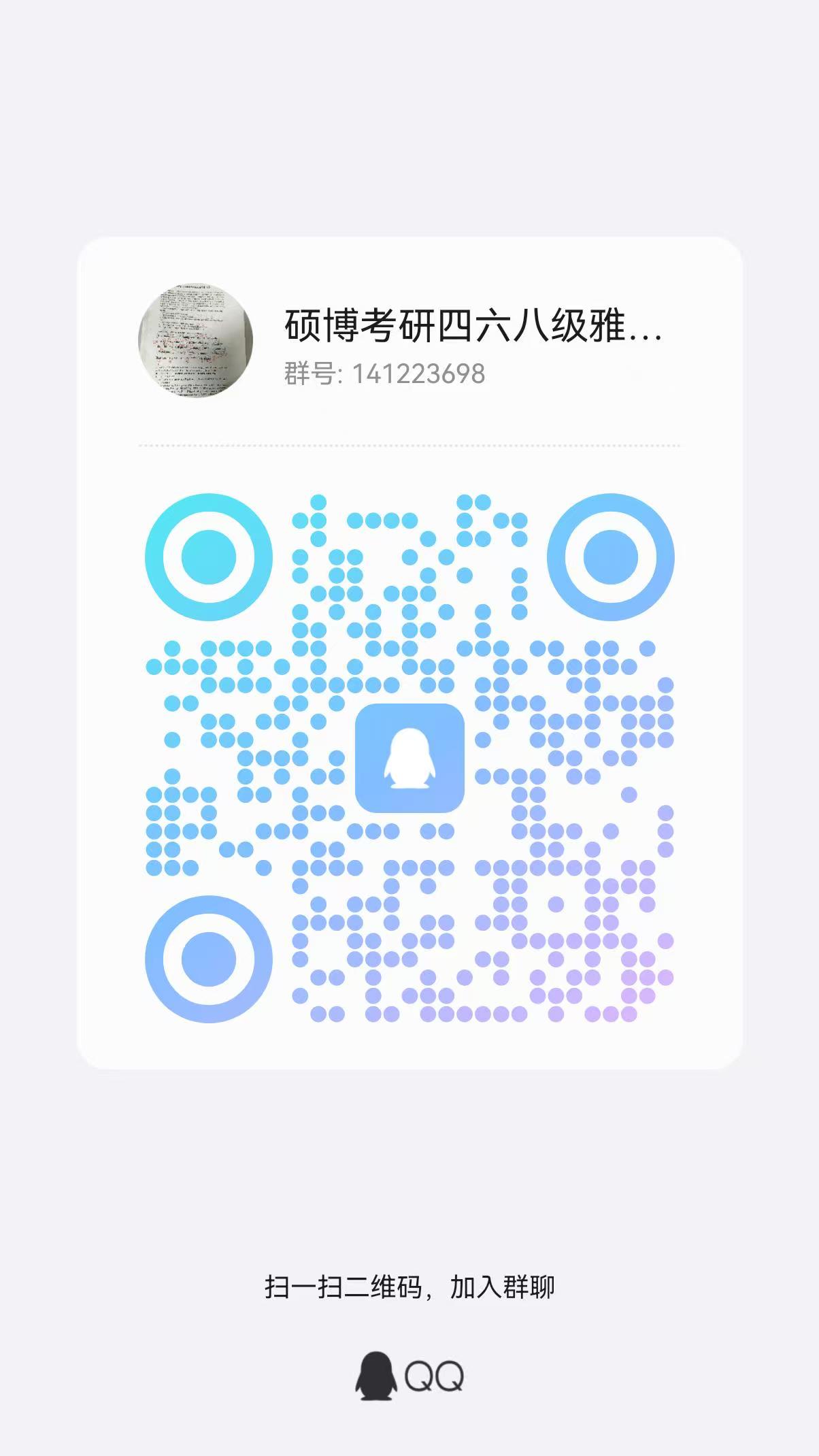🗣 SL提问: 虚拟ai怎么做
✍️ Ai批改: Creating a virtual AI, or a conversational AI, involves several steps, from designing the conversational flow to implementing the AI using programming languages and machine learning frameworks、Here's a simplified guide to get you started:
1、Define the Purpose and Scope
Identify the Goal: Determine what you want your AI to do、Is it for customer service, entertainment, education, or something else?
Understand Your Audience: Know who will be interacting with your AI、This will help in tailoring the content and interaction style.
2、Design the Conversation Flow
Map Out Conversations: Plan how your AI will interact with users、Consider common questions or commands and how it should respond.
Decision Trees or Flowcharts: Visualize the conversation paths、This can help in understanding how users can interact with your AI.
3、Choose a Platform or Framework
Several platforms and frameworks can help you build a conversational AI, including:
Dialogflow (Google): Useful for creating conversational interfaces for various platforms.
Microsoft Bot Framework: Good for building conversational AI that can interact across multiple channels.
Rasa (Open Source): Great for building contextual chatbots and conversational AI.
4、Develop the AI
Using Dialogflow:
1、Create an Agent: This is your conversational AI.
2、Define Intents: These are actions users want to perform (e.g., booking a flight).
3、Entities: Information users provide to fulfill intents (e.g., departure city, destination).
4、Training Phrases: Examples of how users might ask for something.
5、Responses: What your AI says back to users.
Using Programming Languages:
You can use languages like Python, JavaScript, etc., along with machine learning libraries or frameworks.
1、Natural Language Processing (NLP): Use libraries like NLTK, spaCy for understanding and processing user inputs.
2、Machine Learning: Train models using TensorFlow, PyTorch, or Scikit-learn to enable your AI to learn from data.
5、Integrate with a Channel
Websites: Embed your AI as a chat widget.
Mobile Apps: Integrate through APIs.
Voice Assistants: Consider integrating with platforms like Google Assistant, Alexa.
6、Test and Iterate
Alpha Testing: Test with a small group of users or internally.
Beta Testing: Expand testing to a larger audience to gather more feedback.
Example Code (Basic Python Chatbot)
This is a very basic example using Python:
python
import nltk
from nltk.stem import WordNetLemmatizer
lemmatizer = WordNetLemmatizer()
import json
import pickle
import numpy as np
from keras.models import Sequential
from keras.layers import Dense, Activation, Dropout
from keras.optimizers import SGD
import random
words = []
classes = []
documents = []
ignore_letters = ['!', '?', '.', ',']
Assuming you have a JSON file with intents
with open('intents.json') as file:
data = json.load(file)
for intent in data['intents']:
for pattern in intent['patterns']:
w = nltk.word_tokenize(pattern)
words.extend(w)
documents.append((w, intent['tag']))
if intent['tag'] not in classes:
classes.append(intent['tag'])
words = [lemmatizer.lemmatize(w.lower()) for w in words if w not in ignore_letters]
words = sorted(list(set(words)))
classes = sorted(list(set(classes)))
Saving and loading data
pickle.dump(words, open('words.pkl', 'wb'))
pickle.dump(classes, open('classes.pkl', 'wb'))
training = []
output_empty = [0] * len(classes)
for x, doc in enumerate(documents):
bag = []
wrds = [lemmatizer.lemmatize(w.lower()) for w in doc[0]]
for w in words:
if w in wrds:
bag.append(1)
else:
bag.append(0)
output_row = list(output_empty)
output_row[classes.index(doc[1])] = 1
training.append([bag, output_row])
random.shuffle(training)
training = np.array(training)
train_x = list(training[:,0])
train_y = list(training[:,1])
model = Sequential()
model.add(Dense(128, input_shape=(len(train_x[0]),), activation='relu'))
model.add(Dropout(0.5))
model.add(Dense(len(train_y[0]), activation='softmax'))
sgd = SGD(lr=0.01, decay=1e-6, momentum=0.9, nesterov=True)
model.compile(loss='categorical_crossentropy', optimizer=sgd, metrics=['accuracy'])
hist = model.fit(np.array(train_x), np.array(train_y), epochs=200, batch_size=5, verbose=1)
model.save('chatbot_model.h5', hist)
7、Deploy
Deploying can range from integrating into existing web or mobile applications to creating standalone applications、Consider security, scalability, and maintenance when deploying.
Note
This guide provides a high-level overview.
The complexity of creating a sophisticated conversational AI can be quite high, involving deep learning and large datasets for training.
Continuous learning and updates are crucial for maintaining and improving your AI's accuracy and user experience.
For detailed implementation, especially with machine learning models, diving deeper into NLP and machine learning concepts is essential、Libraries and frameworks like Rasa, Dialogflow, and Botpress provide extensive documentation and tutorials to help you get started.
0
IP地址: 253.160.44.250
搜索次数: 783
提问时间: 2025-04-20 00:20:55
❓️ 热门提问:
永久域名抢注
智能ai培训机构
帕萨特土豪金
个人卖黄金要交税吗
外贸网站网址
ai自动抠图软件
详细介绍域名www.uav.mo.cn的含义、价值与适合的行业。
. com的域名
ai人工搜索
黄金3圈手链
豌豆Ai站群搜索引擎系统
🤝 关于我们:
三乐Ai
作文批改
英语分析
在线翻译
拍照识图
Ai提问
英语培训
本站流量
联系我们

🔗 友情链接:
站群软件
Buscador cubano
ai提问
📢 温馨提示:本站所有问答由Ai自动创作,内容仅供参考,若有误差请用“联系”里面信息通知我们人工修改或删除。
👉 技术支持:本站由豌豆Ai提供技术支持,使用的最新版:《豌豆Ai站群搜索引擎系统 V.25.05.20》搭建本站。
















